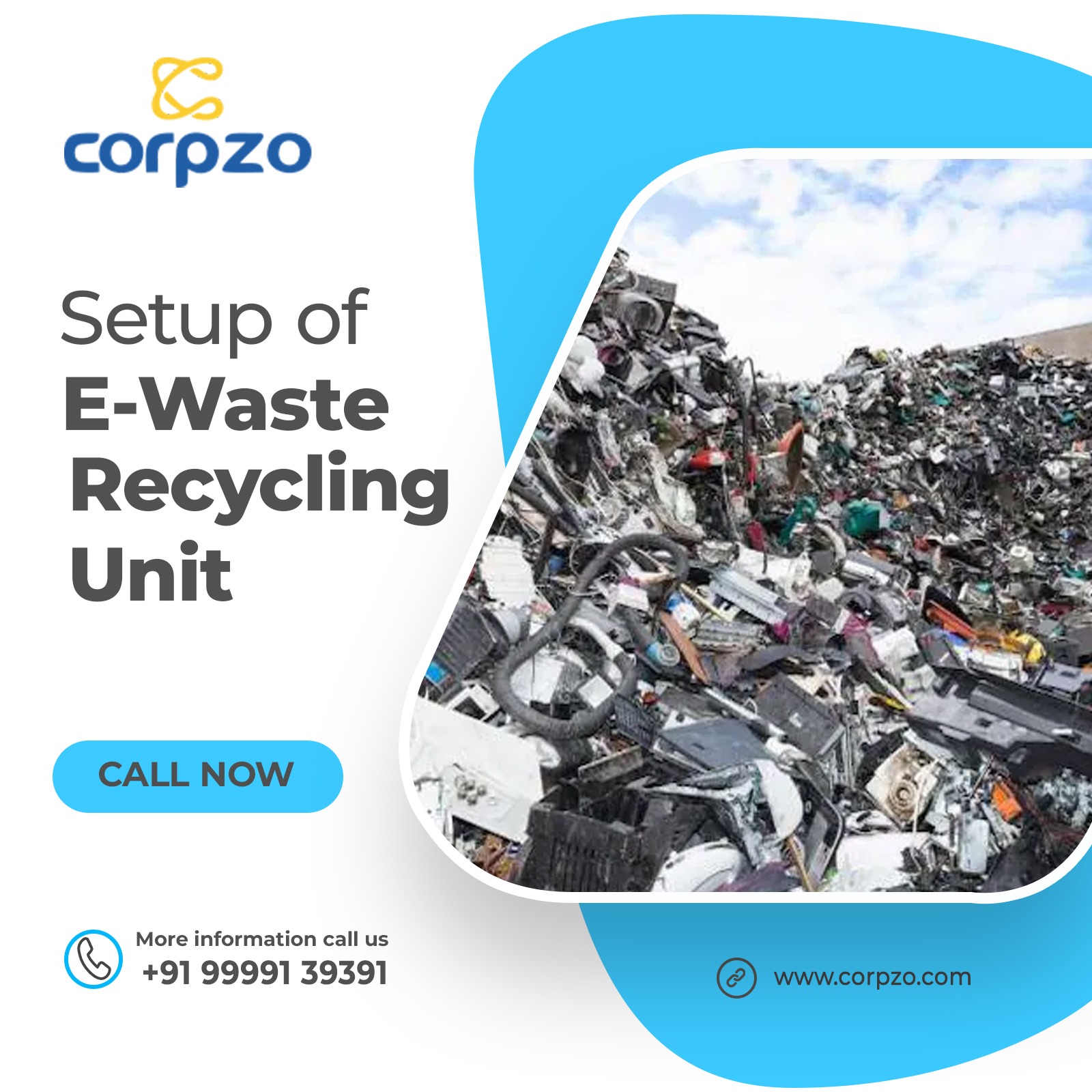
E-WASTE:- E-Waste, also known as WEEE (Waste Electronic and Electrical Equipment), is made up of broken end-of-life E.E.E. (Electronic and Electrical Equipment) products that have been declared outdated by users. Obsolete and abandoned computers, mobile phones, and motherboards, obsolete chargers, CDs, DVDs, headphones, televisions, air conditioners, and other electronic waste are examples of E-Waste.
According to the Global E-Waste Monitor Report, it is estimated that around 53.6 million metric tons of E-Waste were generated globally in 2019. Additionally, a report from the Central Pollution Control Board states that around 10.14 lakh tonnes of e-waste were produced in India in 2019–20.
Every year, around 50 to 60 million tons of e-waste are generated, accounting for roughly 2-3% of total worldwide waste. However, the harm caused by this amount of trash to human health and the ecosystem may outweigh the destructive potential of all other wastes combined. Because e-waste contains toxic materials such as lead, cadmium, and beryllium, toxic materials may be released into the atmosphere, infiltrate the soil, and flow into nearby water bodies if it is exposed to strong UV radiation or corrode for any other physical or chemical reason.
E-waste Recycling Plant:-
E-waste recycling is the process of reprocessing any electrical device by separating the components and parts, which are then used as raw materials to manufacture new products. People are becoming more aware of the advantages of E-Waste management, particularly E-Waste recycling, at this time. E-waste recycling plants separate, dismantle, and treat unwanted electronic products.
Applicable Laws:
By notification G.S.R. 261(E), the E-Waste Management Rules 2016 were modified on March 22, 2018. As stated in the E.P.R. Plan, the phase-by-phase collection targets for e-waste for 2017–18 will be 10% of trash generation. For the producers/recyclers of EEE (Electrical and Electronic Equipment) specified in Schedule 1 of the aforementioned regulations, Rule 13(1)(ii), (iii), and (iv) of the E-Waste Management regulations, 2016 mandates the E-Waste recycling authorization process.
Who is eligible to apply for E-waste recycling authorization?
According to the rules of the E-Waste (Management) Rules, 2016, anyone who desires to establish a
recycling operation in India can register for an E-waste recycling authorization.
METHODS AND PROCESS OF E-WASTE RECYCLING:-
COLLECTION:-
Before beginning the actual process of E-Waste recycling, it is critical to properly collect e-waste from various sources and ensure it is transported in an environmentally sound manner.
SORTING:-
When e-waste arrives at a recycling facility, the first step is to sort all materials.
DISMANTLING:-
Following manual sorting, the second phase is manual dismantling, which is a labor-intensive activity. The shattered material is sorted into two categories: that which can be reused and that which must be recycled.
a. Large size reduction procedure:-
In this method, the components that cannot be removed are destroyed alongside the other dismantled
parts.
b. The small size reduction process:-
The finer e-waste particles are distributed uniformly on a conveyor belt. The equally distributed e-waste
Particles are then further broken down.
Magnetic Separation:-
In this step, the magnet removes any magnetic items from the e-waste, such as steel and iron.
Separation of non-metallic and metallic components:-
The sixth phase is the separation of metallic and non-metallic components. After copper, aluminum,
and brass are removed, only non-metallic components remain in the E-Waste detritus.
Water Separation:-
The next phase is water separation, which separates the plastic pieces from the glass. After separation, all
The retrieved materials are resold as raw materials for reuse.
Recovery:-
The now-separated components are released into the market for sale and reuse.
Area required for Recyclers:-
- Recycling plants must have a minimum area of 500 square meters and a capacity of one tonne
per day. - A recycling plant with a total capacity of 5 M.T./day and an area of approximately 2500 square meters will be preferred.
Requirements for establishing an E-waste Recycling Plant:-
To establish an E-waste factory, the following standards must be met:-
- An E-waste recycling facility requires installing wastewater treatment equipment and air pollution control equipment, depending on the procedure in the recycling plant.
- Space is required for dismantling equipment, which should be put in areas where manual dismantling is possible.
- Noise control equipment should be utilized to avoid the sounds of crushers, shredders, and grinders to prevent noise pollution.
- On the job, employees should use safety equipment.
- Adequate facilities for onsite collection and storage of residues, floor cleaning dust, and other hazardous items must be supplied and sent to a secure landfill facility by establishing an arrangement with the TSDF (Treatment, Storage, and Disposal Facility) operator.
Conclusion:-
Recycling e-waste not only keeps dangerous compounds out of our bodies and the environment, but it also lessens the negative environmental impacts caused by the exploitation and mining of virgin materials. Furthermore, the potential economic benefits of this enterprise are considerable.

